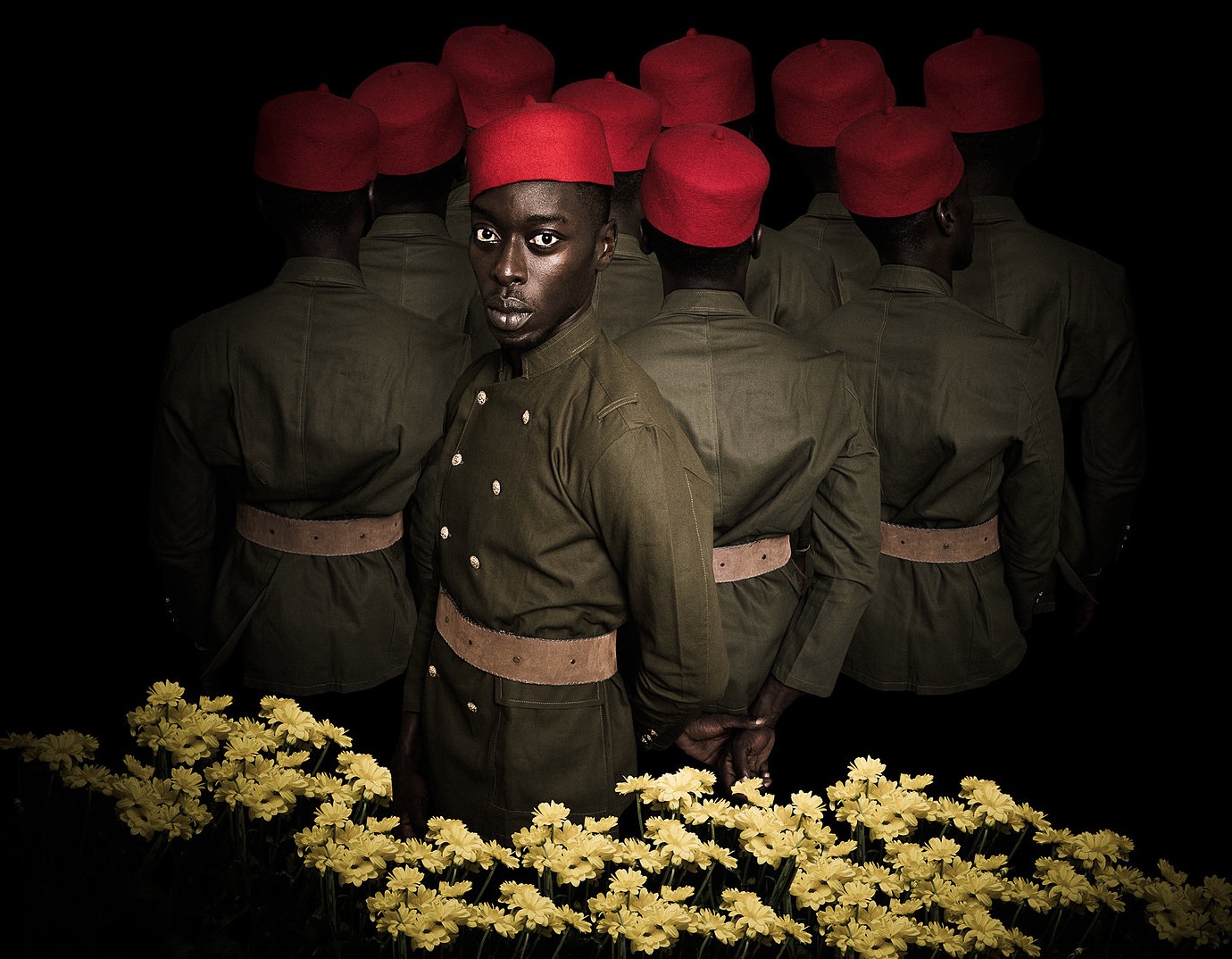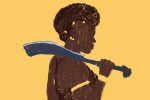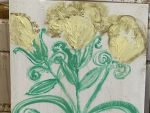Photography is a way of feeling, of capturing humanity, life and what words cannot possibly describe. Omar Victor Diop is a photographer from Senegal who does exactly that with his camera and his imagination.
In his collections, “Diaspora” and “Liberty,” Diop re-captures, re-tells, re-enlightens and re-imagines black history, from significant people who have faded from memory to defining moments in the struggle for freedom and equality. “The way history has been told in the last few decades, the contribution of Africa and its children has been reduced to almost nothing,” Diop told the BBC. “That’s what I’m trying to correct.”
Inspired by the way great classical painters like Diego Velazquez depicted Africans of the diaspora and their unspoken stories — stretching from the 1400s to the 1800s, which he considers an era of significant contact between Africa and the rest of the world — Diop decided to recast 18 of these figures and highlight the paradox they and many around the world still face today: glory and segregation.
Each photograph showcases these figures with some reference to sports, from a soccer ball to a penalty card, blending past and present and paralleling the glorification of the “other,” an irony that has infected the past and continues to affect the present — and nothing better represents this problem than sports.
“Soccer is an interesting global phenomenon that for me often reveals where society is in terms of race,” Diop told The Guardian. “When you look at the way that the African soccer royalty is perceived in Europe, there is a very interesting blend of glory, hero-worship and exclusion. Every so often, you get racist chants or banana skins thrown on the pitch and the whole illusion of integration is shattered in the most brutal way. It’s that kind of paradox I am investigating in the work.”
https://www.instagram.com/p/Bcvec96AGAM/
These re-imagined portraits are stunning in vibrancy, color, costume and poise. Diop takes seemingly bleak paintings and brings a modern vitality to each, blending patterns and contemporary allusions without losing touch of their historical accuracy and quality. “I wanted to bring these rich historical characters into the current conversation about the African diaspora and contemporary issues around immigration, integration and acceptance,” he said.
By molding himself into character in front of his own camera, Diop brings many great historical figures back into the conversation. For instance, in one series, Diop reimagines St Bénédicte de Palermo, a friar minor who became a guardian and novice master despite the color of his skin. Known for his patience and charity, Bénédicte was beatified in 1743 by Pope Benedict XIV and declared a saint in 1807. In another, the photographer gives new life to Malik Ambar, an Ethiopian sold into slavery and brought to India where he rose to become ruler of the Ahmadnagar state.
Diop has also revivified dozens of other names that were lost, until now, to history.
Ayuba Suleiman Diallo, also known as Job Ben Solomon, was a renowned Senegalese Muslim of his time and victim of the Atlantic slave trade who wrote one of the earliest slave narratives. Olaudah Equiano was a freed slave, writer and activist in London whose autobiography helped sway public opinion and the passing of the Slave Trade Act 1807, which made the slave trade illegal in Britain and its colonies.
Jean-Baptiste Belley bought his freedom in the French colony of Saint-Domingue and fought in the American Revolutionary War, became a captain for the French army during the Haitian Revolution and was selected as a member of the National Convention in France.
Pedro Camejo was a Venezuelan soldier and lieutenant during the Venezuelan War of Independence and was known as “The First Black,” a nickname he earned for his courage and bravery. Frederick Douglass, the famous speaker, writer, abolitionist and advocate for women’s rights in the United States, who escaped slavery and wrote an autobiography on his experience, received the Diop treatment, as did a simple “Moroccan Man” with no known history.
https://www.instagram.com/p/BVsGjR8AdMq/
Diop brings all of these people and many more to life through photography, while his collection “Liberty” highlights key moments of revolt, protest and reformation in black history. Through more portraits, Diop re-liberates the Nigerian women of the Igbo Women’s War, who campaigned against oppression under British rule in 1929.
Although the women never turned to violence, the British suppressed their protests by shooting and killing over 50 of the protestors and injuring 50 more. However, by this time, the women managed to have many of their demands met to help restore their rights.
Another photo, titled “Thiaroye – 1944,” a portrait of uniformed soldiers among flowers, represents the Thiaroye massacre. As World War II was coming to an end, black soldiers of the Free French Forces protested against unmet wages and many were killed by the French as a result; the soldiers were also unarmed.
The Thiaroye massacre isn’t a part of school curriculum in France. So, in 1988, Ousmane Sembène directed the film “Camp de Thiaroye,” which depicted the imprisonment, killing and repatriation of these black soldiers who defended France, but it was banned in the country for decades and censored in Senegal.
Stoking recent American memory, Diop depicts Trayvon Martin side by side with Senegalese icon Aline Sitoe Diatta. Martin, whose murder in 2012 inspired the Black Lives Matter movement, was infamously shot by a cop while he wore a hoodie with Skittles in its pockets. Likewise, Diatta is a national Senegalese heroine who led a religious movement in the 1940s that revitalized old customs rooted in African culture and opposed French colonialism.
Although Diatta led no violence against the French, her movement gained enough followers who viewed her as a priestess that the French grew wary and arrested her. She would eventually die of disease while in prison.
https://www.instagram.com/p/Be9NQ8fgHHB/
“Revisiting history is always useful, because even if you do it the wrong way, still you’re opening a new chapter and creating a new conversation,” Omar told BBC. “Of course, it’s about the history of black people, but it’s human history. It’s not about creating a sense of guilt. I just want people to realize that we have a common past and unless we acknowledge it, there’s no way we can build a common future.”
Diop’s work has been featured around the world, from Germany and Spain to the Netherlands and the United States. The Brooklyn Museum held a solo exhibit of Omar’s work, and the High Museum of Art in Georgia and the Blanton Museum of Art in Austin have showcased his pieces as part of a larger collection of works from over 120 artists, called “Making Africa: A Continent of Contemporary Design.”
The exhibit depicts the rise of African art and design as a new experimental frontier that has driven change. The Blanton Museum of Art in Austin just ended their exhibit in January, which offered a new perspective of Africa.
It’s this new perspective Diop portrays with his art. He explains that his portraits are “a reinvented narrative of the history of black people, and therefore, the history of humanity and of the concept of freedom.”
















